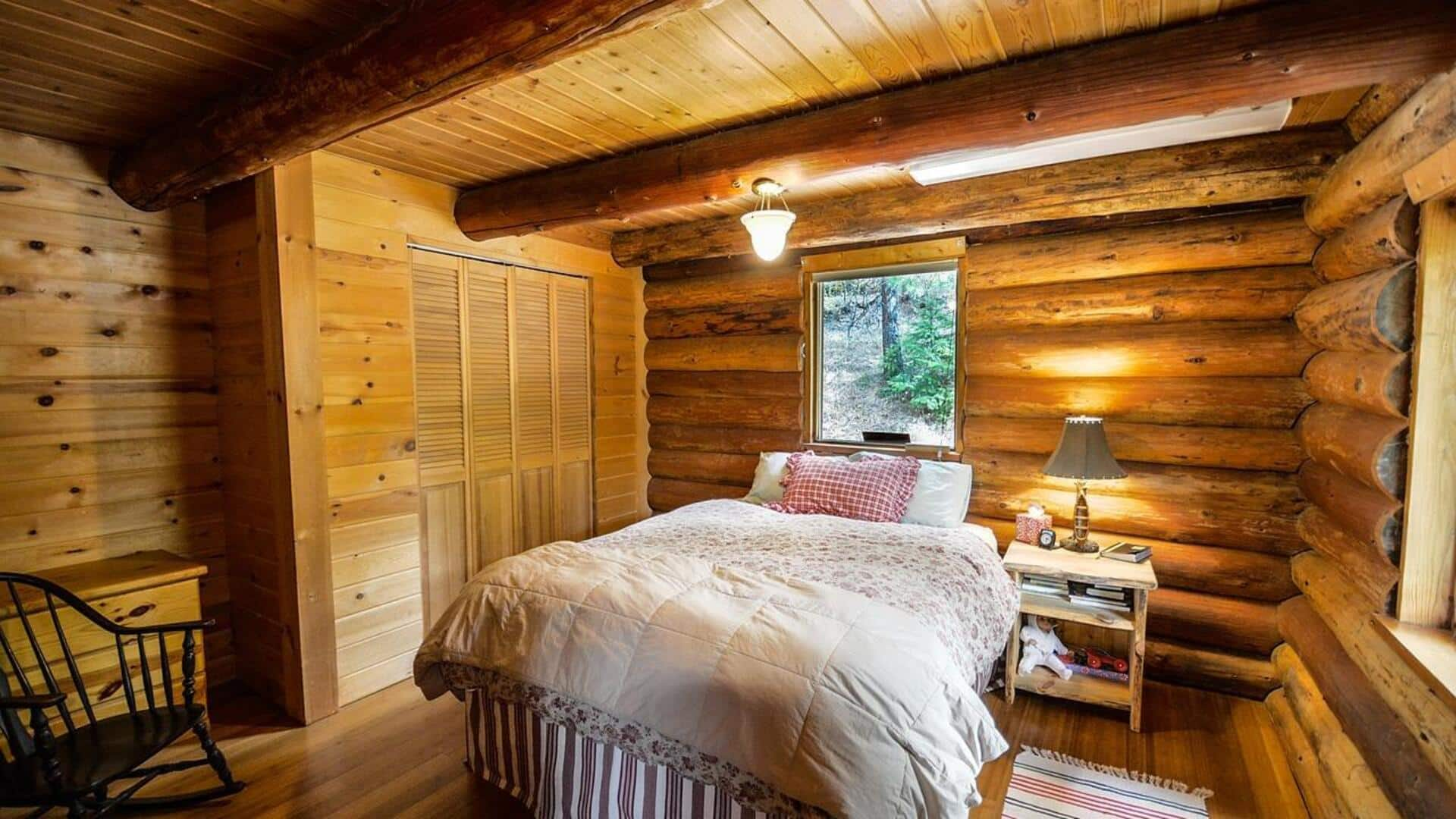
Make your room a sensory retreat: Here's how
What's the story
Creating a sensory retreat at home can be an effective way to unwind and relax. By focusing on elements that engage the senses, you can transform your space into a haven of tranquility. This guide provides practical tips on how to style your room for relaxation, using simple yet impactful changes that enhance the sensory experience.
Tip 1
Incorporate soothing colors
Choosing the right colors can have a huge influence on your mood. Soft blues, greens, and neutrals are known to have a calming effect. These colors can be introduced through paint, wallpaper, or decorative accessories like cushions and throws. Avoid bright colors that may be overstimulating and instead opt for shades that promote peace and serenity.
Tip 2
Use natural materials
Natural materials like wood, cotton, and linen add warmth and texture to a room. They also help in creating an inviting atmosphere. Wooden furniture or flooring can add depth to the space while cotton or linen fabrics on bedding or curtains promote comfort. These materials are not only aesthetically pleasing but also contribute to a healthier indoor environment.
Tip 3
Add plants for freshness
Plants not only beautify a room but also purify the air, making it fresher and more relaxing. Easy-to-care-for plants like succulents or ferns can be placed on windowsills or shelves for maximum effect. The presence of greenery has been proven to reduce stress levels and improve overall well-being.
Tip 4
Create soft lighting options
Lighting is key to setting the mood in any room. Opt for soft lighting options like table lamps with warm-toned bulbs or string lights to create a cozy ambiance. Avoid harsh overhead lights that may disrupt relaxation efforts. Adjustable lighting allows you to customize the atmosphere according to different times of the day or activities.
Tip 5
Incorporate sensory elements
To further engage the senses, consider adding elements like scented candles or essential oil diffusers for aroma therapy benefits; textured rugs underfoot for tactile stimulation; gentle sound machines playing nature sounds in the background; comfortable seating arrangements encouraging leisurely activities such as reading quietly by oneself without distractions from electronic devices nearby.